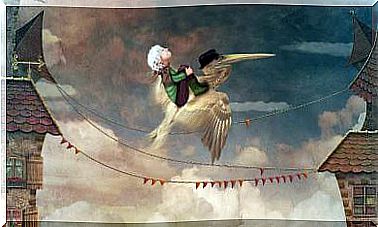Learn About The Function Of Neurotransmitters
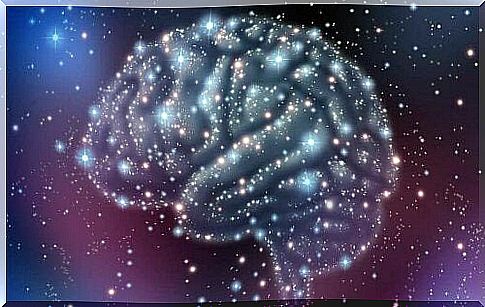
We have all heard about how neurons communicate with each other through electrical impulses. It is true that some of the synapses are purely electrical, but chemical substances act as intermediaries for most of these couplings. These chemical substances are called neurotransmitters, alternatively neurotransmitters or transmitter substances. Neurons can act in several cognitive functions such as learning, memory and perception thanks to the function of these neurotransmitters.
In today’s research, neuron synapses show more than a dozen different neurotransmitters. Researchers have learned a lot about how neurotransmitters work, which has led to major improvements in designing and understanding the effects of psychoactive drugs. The most well-known neurotransmitters are: serotonin, dopamine, norepinephrine, acetylcholine, glutamate and GABA.
In this article, we will examine the following aspects to better understand the principles of the function of neurotransmitters. First, to know in what different ways neurotransmitters affect the synapse. Secondly, we are talking about signal transduction, which is the most common function of neurotransmitters.
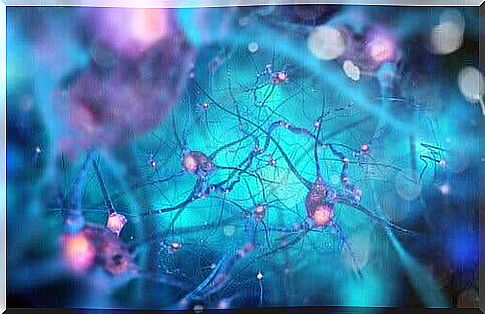
Effects of the function of neurotransmitters
The main function of neurotransmitters is to modulate the synapse between different neurons. In this way, the electrical connections become more complex, which results in more possibilities. If neurotransmitters did not exist, many neurons in the nervous system would function only as simple leads.
Signal substances do not always affect neurons in the same way. Chemical effects change synapses in two different ways – the following are the two different effects:
- Through ion channels: The possibility of a difference between the outer and inner part of the nerve cell creates electrical impulses. The movement of the ions (electrically charged particles) causes this difference to vary, and the neuron is triggered when the activation limit is reached. Some neurotransmitters have the function of relating to ion channels found in the membrane of the neuron. When connected, they open this channel, allowing greater movement of the ions, activating the neuron.
- Through a metabotropic receptor: This is a more complex modulation. Here, the neurotransmitter connects to a receptor found in the membrane of the neuron. But this receptor is not a channel that opens or closes, but it produces another substance in the neuron. When it connects to the neurotransmitter, the neuron releases a protein inside it and changes its structure and function. In the next section, we will examine this type of neurotransmission in depth.
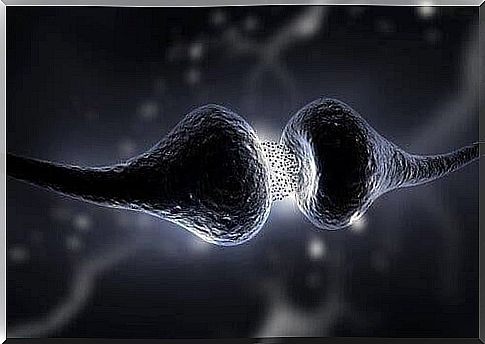
Signal transduction cascade
The signal transduction cascade is the process by which the signal substance modulates the function of a neuron. In this section, we focus on the function of the neurotransmitters that do this through metabotropic receptors, as this is the most common function of these neurotransmitters.
The process consists of four different phases:
- The first messenger or neurotransmitter: First, the neurotransmitter locks to the metabotropic receptor and changes its configuration, now allowing it to conform to a substance called G-protein. The association between the receptor and the G protein induces the release of an enzyme on the inside of the membrane, which causes the release of the second messenger.
- The second messenger: The second messenger is the protein that releases the enzyme linked to the G protein. Its mission is to pass through the neuron until it finds a kinase or phosphatase. These substances become activated when the other messenger attaches to one of them.
- The third messenger (kinase or phosphatase): This varies depending on whether the second messenger encounters a kinase or a phosphatase. The encounter with a kinase activates this and starts a process of phosphorylation in the nerve nucleus, which will cause the neuron’s DNA to start producing proteins that it did not do before. However, if the other messenger encounters a phosphatase, it will have the opposite effect: It will inactivate the phosphorylation process and stop the creation of certain proteins.
- The fourth messenger or phosphoproteins: When a kinase is activated, it sends a phosphoprotein with neuronal DNA to trigger phosphorylation. The phosphoprotein activates a transcription factor that triggers the activation of a gene as well as the creation of a protein: this protein, depending on its properties, will activate several biological responses which in turn will alter neuronal transfer. When the phosphatase is activated, it destroys the phosphoprotein and causes the phosphorylation process to cease.
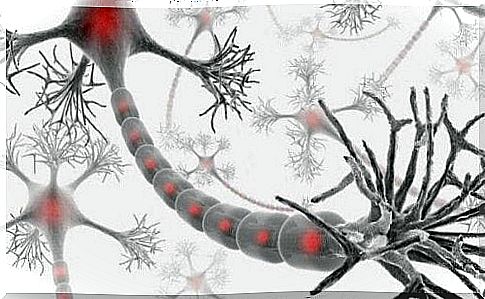
Briefly about the function of neurotransmitters
Signal substances are very important chemicals in our nervous system. They are responsible for modulating and transmitting information between different areas of the brain. And their effects on neurons can last from a few seconds up to months or even years. Thanks to the study of them, we can understand the connection between many complex cognitive processes, such as learning, memory and attention.


